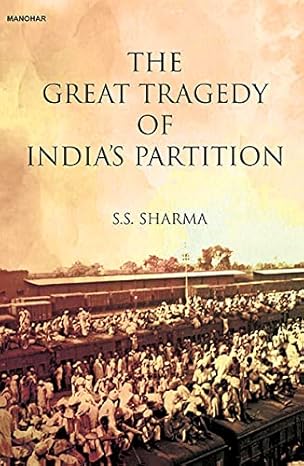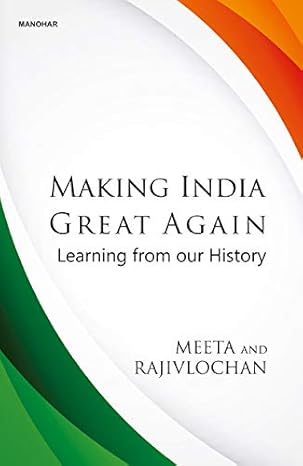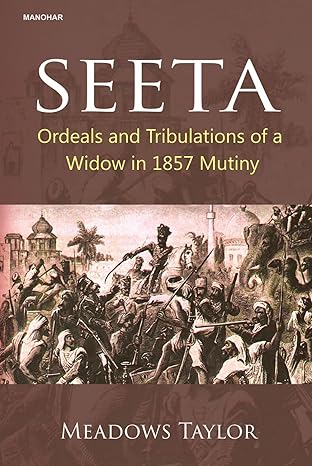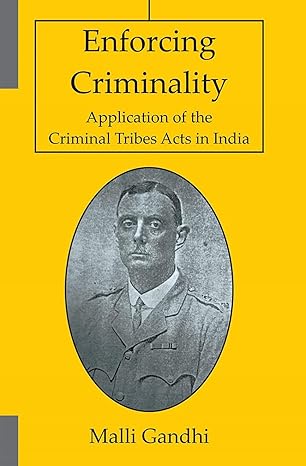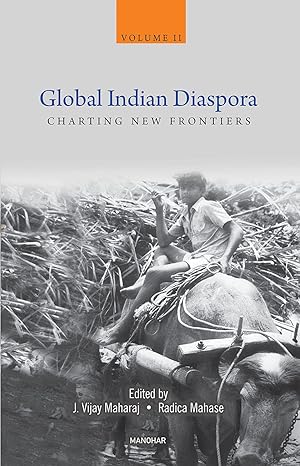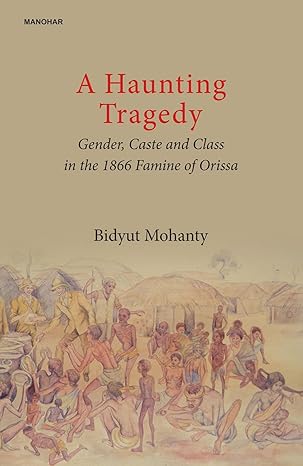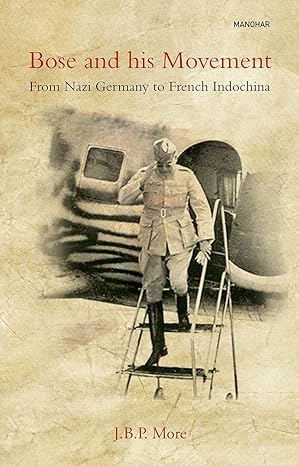History
Featured Products
Dynamics of a Caste Movement: The Rajbansis of North Bengal, 1910-1947
₹628.05
M.R.P.:₹ 795.00
You Save: ₹166.95 (21.00% OFF)
Making India Great Again: Learning From Our History
₹300.80
M.R.P.:₹ 320.00
You Save: ₹19.20 (6.00% OFF)
The Voyage of Thomas Best to the East Indies 1612-1614
₹799.50
M.R.P.:₹ 1,230.00
You Save: ₹430.50 (35.00% OFF)
Seeta: Ordeals and Tribulations of a Widow in 1857 Mutiny
₹976.50
M.R.P.:₹ 1,395.00
You Save: ₹418.50 (30.00% OFF)
Enforcing Criminality: Application of the Criminal Tribes Acts in India
₹1,712.10
M.R.P.:₹ 2,195.00
You Save: ₹482.90 (22.00% OFF)
Global Indian Diaspora: Charting New Frontiers (Volume II)
₹976.50
M.R.P.:₹ 1,395.00
You Save: ₹418.50 (30.00% OFF)
Global Indian Diaspora: Charting New Frontiers (Volume I)
₹805.00
M.R.P.:₹ 1,150.00
You Save: ₹345.00 (30.00% OFF)
A Haunting Tragedy: Gender, Caste and Class in the 1866 Famine of Orissa
₹1,655.05
M.R.P.:₹ 2,095.00
You Save: ₹439.95 (21.00% OFF)
Bose and his Movement: From Nazi Germany to French Indochina
₹1,102.05
M.R.P.:₹ 1,395.00
You Save: ₹292.95 (21.00% OFF)


